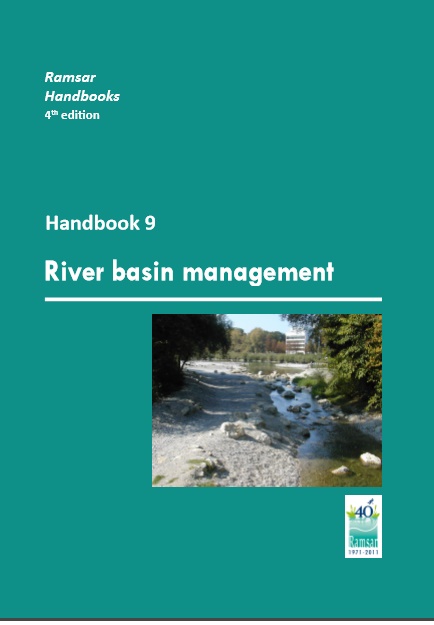
The Convention on Wetlands formally identified the need to integrate wetlands into river basin management at the 6th meeting of the Conference of the Contracting Parties (COP6) in 1996 through Resolution VI.23 on Ramsar and water. This Resolution recognized “the important hydrological functions of wetlands, including groundwater recharge, water quality improvement and flood alleviation, and the inextricable link between water resources and wetlands” and realised “the need for planning at the river basin scale which involves integration of water resource management and wetland conservation”. The Strategic Plan for 1997-2002, approved at COP6, urged the Contracting Parties to “to integrate conservation and wise use of wetlands into decision-making on land use, groundwater management, catchment/river basin and coastal zone planning”. However, no clear guidelines were available at that time to assist the Parties in this direction until the 7th meeting of the Conference of the Contracting Parties in 1999, in which was adopted Resolution VII.18 Guidelines for integrating wetland conservation and wise use into river basin management and its associated Annex. Following the adoption of Resolution VII.18 and its Annex, the STRP was requested to “review case studies ... and prepare additional guidance (as necessary) on integrating wetlands, biodiversity and river basin management” (Strategic Plan 2003-2008: Operational Objective 3.4.3).